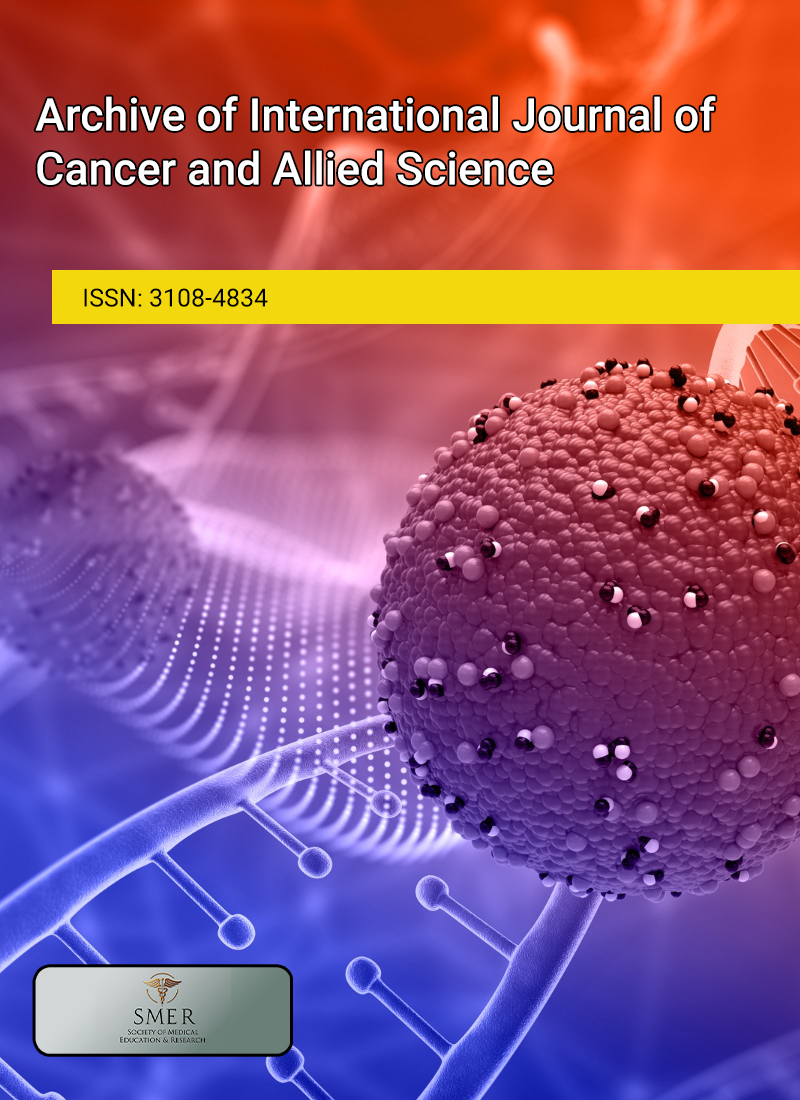
Oral cancer, which originates in the oral cavity tissues, ranks as the eighth most common cancer globally, contributing to high mortality rates due to its often late detection. Although tissue biopsy remains the conventional method for diagnosis, it is invasive. Recently, liquid biopsy has emerged as a non-invasive diagnostic alternative. This method evaluates the tumor and its surrounding microenvironment by analyzing biomarkers found in bodily fluids such as blood, saliva, urine, and breast milk. The key molecular elements identified in liquid biopsy include circulating tumor DNA (ctDNA), exosomes, circulating tumor cells (CTCs), cell-free DNA (cfDNA), and microRNA (miRNA). The potential of liquid biopsy lies in its ability to facilitate early cancer detection, molecular analysis, monitoring treatment responses, and identification of minimal residual disease. This paper discusses the evolving role of liquid biopsy in oral cancer diagnostics, highlighting its advantages, the molecular biomarkers it targets, and its clinical applications.